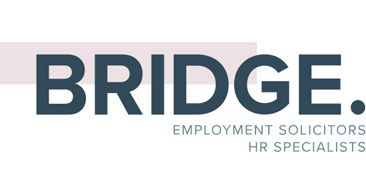Get expert Disciplinary Procedure advice today
One of the situations for which we most commonly provide advice and support is that in which employee(s) have acted in a manner considered unacceptable by their employer. The procedure for facing an employee with misconduct issues will vary from employer to employer and depend on factors such as the size of the company, the management structure and the policies and procedures in place, as well as the organisation’s culture.
We are able to offer employers a wide range of advice and support tailored to their company. There is no ‘one size fits all’ approach at Bridge – we adapt our strategy to your needs.
We can help with:
- Offering advice throughout the investigation process: identifying witnesses, outlining the legal entitlements of the employees and witnesses, determining what evidence needs to be gathered, and ensuring that the investigation is robust and requires no further enquiries.
- Formulating questions to pose to witnesses and producing witness statements.
- Producing the investigation report: advice on the best practice format, what to include and how to summarise the evidence and facts of the case.
- Producing letters inviting employees to disciplinary investigation meetings and the disciplinary hearing, and ensuring that relevant evidence is provided.
- Crafting bespoke guidance notes, to be used at the disciplinary hearing, which detail questions to be asked of the employee.
- Providing a note-taker for the hearing.
- Reviewing minutes taken from a disciplinary hearing and identifying if further questions need to be asked or if further investigations need to take place.
- Conducting a disciplinary hearing on behalf of the company.
- Producing – or assistance in producing – an outcome letter subsequent to the disciplinary hearing which explains: allegations made against the employee; their version of events, their defence and any mitigation they put forward; the evidence considered; the conclusions drawn, and the outcome decided by the company.
- Managing any appeals lodged: advising on the process of the appeal; producing guidance notes, letters inviting the employee to an appeal hearing and an outcome letter.
- If necessary, we are able to conduct the investigation on your behalf. This can be particularly useful where an independent party is required – if the grievance concerns a director or business owner, for example – or if there are time constraints. A full report of the investigation will always be provided.
The level of support that we offer throughout the disciplinary process is up to you. If you wish to draft your own outcome letter before allowing us to review it, this is something we are happy to do. Alternatively, we can draft the letter in its entirety for your review before we then send it on to the employee. Our level of involvement is your decision and we are happy to do as much as is required.
Disciplinary Procedures FAQS


